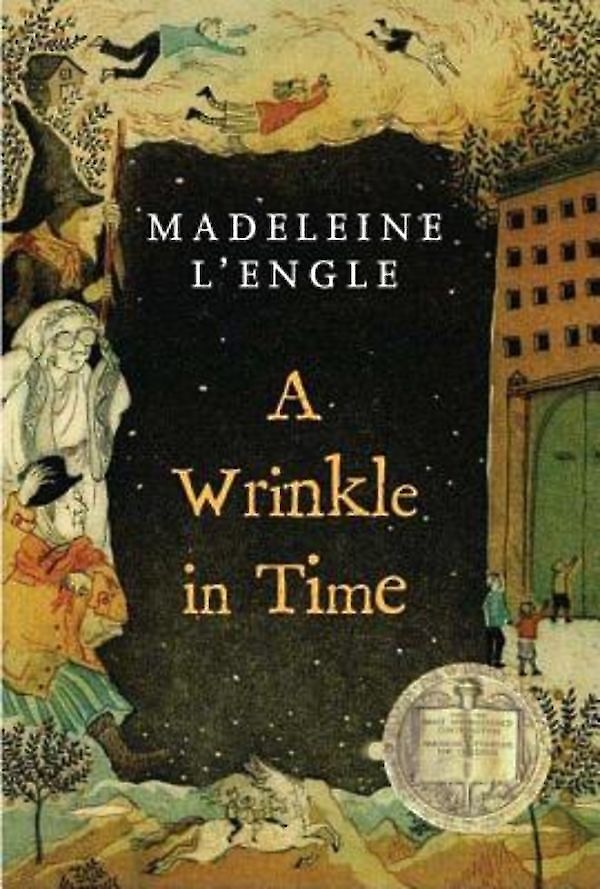Step #1: Find a topic that interests your reader (not just you).
examples: Sports, dragons, history, a person, siblings, adventure, love.
There is no such thing as the perfect book for every reader. Exhibit A: Pick up a best seller and tell me if you enjoy it. There’s a really good chance you won’t! The same is true for our children. Just because a book is popular doesn’t mean our children, who are uniquely made in the image of God with their own will and mind, will enjoy reading it.
Instead we start with the passions and interests they have already. There is time for building a diversity of content, but we start with the easy wins.
I had a young man sitting in the front row of my class who made it very clear he hates English and thought reading was stupid. It turned out he was an amazing math / science student, but read at a 4th grade level in the 8th grade. We found him visual engineering books like The Thing Explainer by Randall Monroe and his dad helped him read them every night. By the end of the year he’d raised his reading level nearly 4 grade levels! We’d found a topic of interest, and that made the home support SO much easier.
Step #2: Choose a genre that covers the desired topic.
examples: Non-Fiction, Science Fiction, Fantasy, Biography, Historical Fiction are a few of the favorites.
When we learn what our readers are interested in, we can better direct them to the broader genres that interest them as well.
To encourage reading I posted book covers on a wall in my classroom and then highlighted one book a week. One day a student walked into class, looked at the wall of suggested reading (which aligned closely with my interests in fantasy and science fiction), then looked at me and said “Mr. Sutherland, we don’t like books. We like sports. You need to pick topics that interest us.” He was right! I got some Mike Lupica up there in a hurry.
Step #3: Get a feel for the book.
Publishers and authors go out of their way to help us understand their book quickly and easily.
- Back cover: this will be a concise summary of the book.
- inside the front cover: This often goes into further detail about the plot an/or author.
- first page: You will get a good idea for what the author thinks is interesting for their audience. They try to hook you early and will give you a good feel for what the rest of the story may be like.
THEN
Read a review:
Step #4: Give It a Shot!
These several little tricks all merge into one big idea: In finding a book your reader loves you will definitely find books they don’t. If the first book (or dozen books) you find don’t work out, or simply aren’t their favorite, keep on keeping on! Remember that the point is the experience, the process, and the hope you have of drawing your child closer to seeing the amazing God and Creator who loves them through stories that bring out the adventures and passion our children are wired for.
Step #4 is simple:
a) Never judge a book by its cover. Seriously. Some amazing books have weird covers.
Like The Giver or A Wrinkle in Time
b) Find your level: Many school districts test for reading level. A nice rule: No more than five words on a page you don’t know.
c) Use the 10% rule: If you aren’t interested after reading 10% of the book, feel free to move on.
d) Read it together! Our kids will rarely do what we say if they don’t see it modeled first. Reading out loud is positive shared time, it develops vocabulary, is a great way to get your non-cuddly kiddos to stay close (as is the case with my two little squirrel boys), and builds in a tradition of time together: “We read stories together!”.
Looking for a little more help?
Here are some great resources to start with! I’ve used this to get books for my own little people, and to make suggestions for young readers through middle school.
- Honey for a Child’s Heart: A wonderful resource for finding stories that are fun at a variety of life stages and ages.
- Read Aloud Revival: Encourages parents to read aloud with the children to enjoy the power of time together and the beauty of a shared story. Check out their reading lists and podcast!
- Ma and Pa Modern: Another great resource for reading lists, alternative activities to digital tech for young children, and some helpful insights in addressing the tough topics of life (specifically how to deal with nudity and porn in a digital age).
Interested in other great ways to unplug, have fun and exercise your mind? Be sure to look for our upcoming post on board games as well!



I'd love to hear your thoughts!
You must be <a href="https://flintandiron.org/wp-login.php?redirect_to=https%3A%2F%2Fflintandiron.org%2F2019%2F12%2F11%2F4-steps-to-choose-a-great-book%2F">logged in</a> to post a comment.